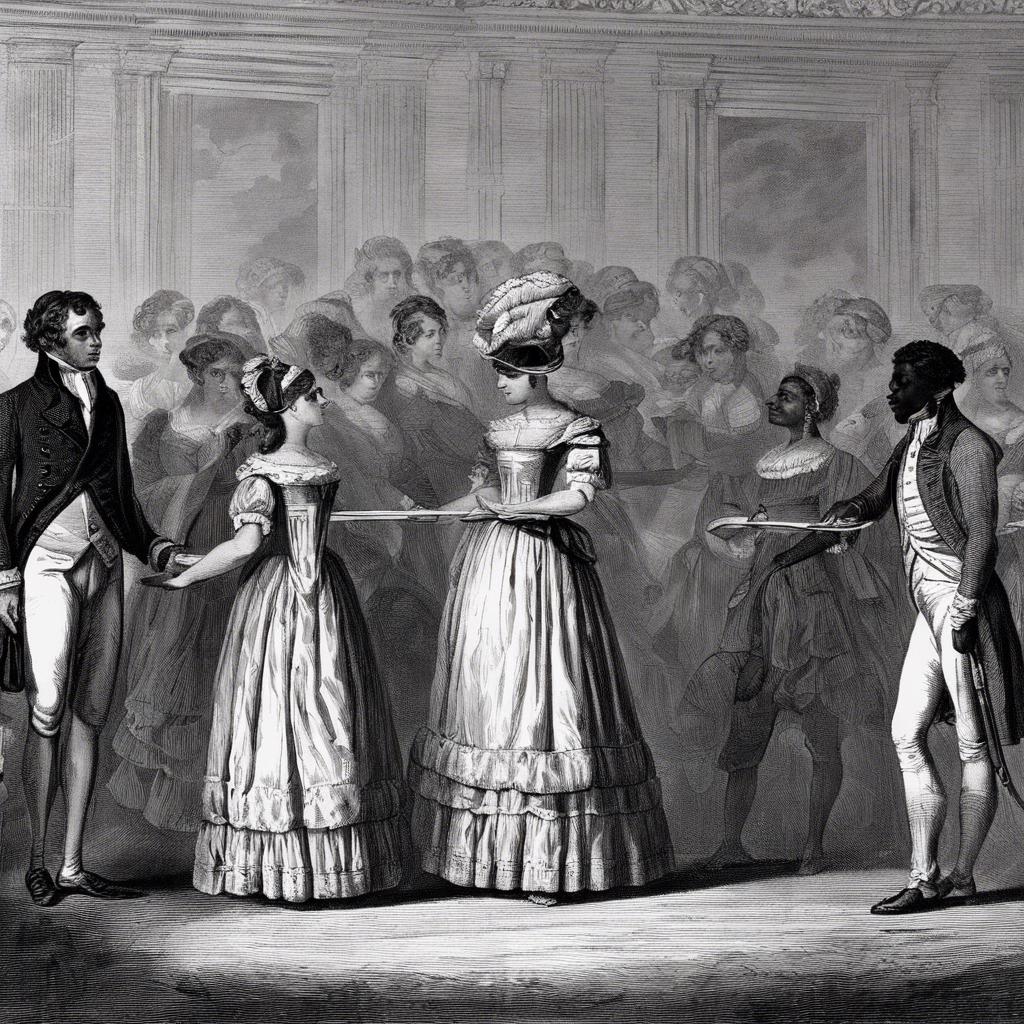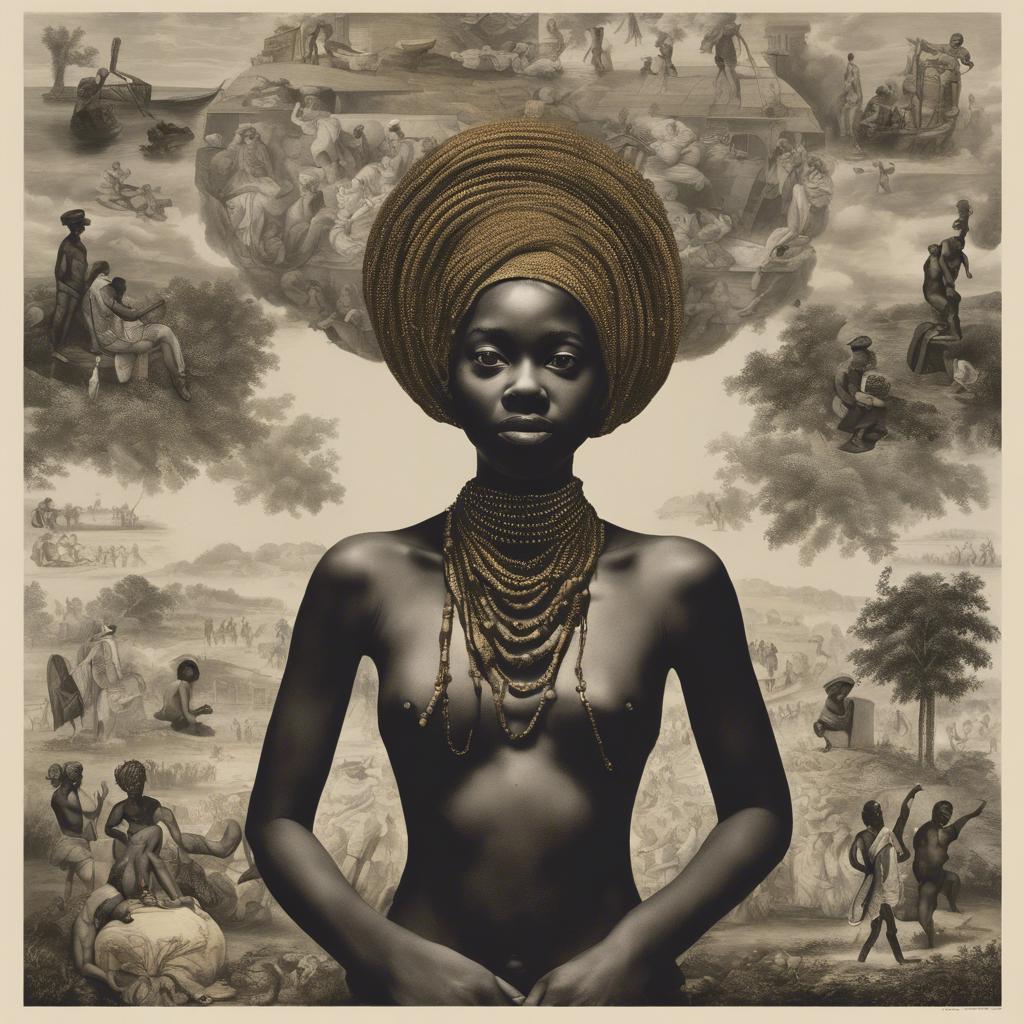During the Regency era of the regency era boy names”>early 19th century, slavery played a significant role in shaping the political, economic, and social landscape of Western civilization. This period, characterized by the reign of King George IV in Britain and the Napoleonic Wars in Europe, was marked by both the continued expansion of the slave trade and growing abolitionist movements. In this article, we will explore the complex relationship between the Regency era and slavery, shedding light on the widespread practices of enslavement and the efforts to dismantle this inhumane institution.
Step Into the World of Cheryl Bolen
Dive into the enchanting stories of love, intrigue, and elegance set in the Regency Era. Cheryl Bolen's novels offer timeless romance and captivating tales that will leave you wanting more.
Explore Cheryl Bolen's Books Now
– The Role of Slavery in Regency Era Society
In Regency era society, slavery played a significant and complex role, shaping various aspects of daily life and societal structure. Slavery was deeply intertwined with the economy, politics, and culture of the time, influencing the lives of both enslaved individuals and slave owners.
One of the key ways in which slavery impacted Regency society was through the labor force it provided for industries such as agriculture, mining, and domestic service. Enslaved individuals were forced to work long hours under harsh conditions, often without adequate compensation or basic rights. This system of exploitation served to enrich slave owners and bolster the economy, while perpetuating a cycle of oppression and inequality.
Additionally, the institution of slavery in the Regency era perpetuated deeply ingrained racial prejudices and divisions within society. Enslaved individuals were seen as property rather than people, relegated to the lowest rungs of social hierarchy. This dehumanization and exploitation of individuals based on their race reinforced systems of power and privilege, perpetuating inequality and injustice. Throughout the Regency era, the presence of slavery loomed large in society, leaving a lasting impact on the culture and values of the time.
– Economic Impact of Slave Trade on Regency England
The slave trade had a profound economic impact on Regency England, shaping the country’s economic landscape and bolstering key industries. Key points:
- The influx of wealth from the slave trade helped fuel the Industrial Revolution in England.
- Industries such as textiles, banking, and insurance benefitted greatly from the profits generated by slavery.
- Many wealthy families in Regency England amassed their fortunes directly or indirectly through the slave trade.
While the economic benefits of the slave trade were significant, they came at a great human cost. Consider the following:
- Enslaved individuals were exploited for their labor, often enduring unimaginable suffering.
- The profits generated by slavery were built on the backs of those who were subjected to inhumane treatment.
- The moral and ethical implications of profiting from the slave trade were a point of contention in Regency England.
As awareness of the atrocities of slavery grew in the early 19th century, opposition to the slave trade also increased. Here is a breakdown of the timeline:
| Year | Event |
|---|---|
| 1807 | Abolition of the transatlantic slave trade in the British Empire. |
| 1833 | Slavery abolished throughout the British Empire. |
– Legacies of Slavery in Regency Era Architecture and Art
In the exquisite architecture and art of the Regency era, there are subtle yet significant reminders of the legacy of slavery. From grand mansions to intricate sculptures, these remnants tell a story of the dark history that shaped the society of the time.
One of the most prominent legacies of slavery in Regency era architecture is the use of materials such as mahogany and marble, which were often sourced through the labor of enslaved individuals. The opulence of these materials may dazzle the eye, but they also carry with them the weight of the exploitation and suffering that went into their production.
Furthermore, depictions of Black individuals in Regency era art often perpetuated harmful stereotypes and reinforced the hierarchical social structure that upheld slavery. Through paintings and sculptures, these images served to dehumanize and otherize Black people, further entrenching the oppressive systems of the time.
- Addressing and Reflecting on Slavery in Regency Era Literature and Culture
When delving into the literature and culture of the Regency Era, it is essential to address the uncomfortable yet pivotal role that slavery played during this period. Despite the romanticized portrayal of high society in Regency literature, the harsh reality is that slavery was a widespread and accepted practice that fueled the economy and lifestyle of the privileged class.
In novels such as Jane Austen’s ”Mansfield Park,” the issue of slavery is subtly woven into the narrative through characters like Sir Thomas Bertram, who owns plantations in Antigua. This representation reflects the casual acceptance of slavery within Regency society, highlighting the complexities and contradictions of the era.
It is crucial for modern readers to reflect on how slavery was depicted in Regency literature and the impact it had on shaping societal norms and values. By critically engaging with these texts, we can gain a deeper understanding of the historical context and the legacy of slavery that continues to influence our world today.
To Conclude
the Regency Era was a time of significant social and political change, characterized by the rise of the abolitionist movement and the eventual end of the transatlantic slave trade. While slavery remained a prominent institution throughout much of the period, the groundwork for its eventual abolition was laid during this time. As we reflect on the complexities and injustices of the past, it is important to continue to study and remember the history of slavery during the Regency Era, in order to better understand its impact on society today. Only through a thorough examination of our past can we hope to create a more just and equitable future for all.


